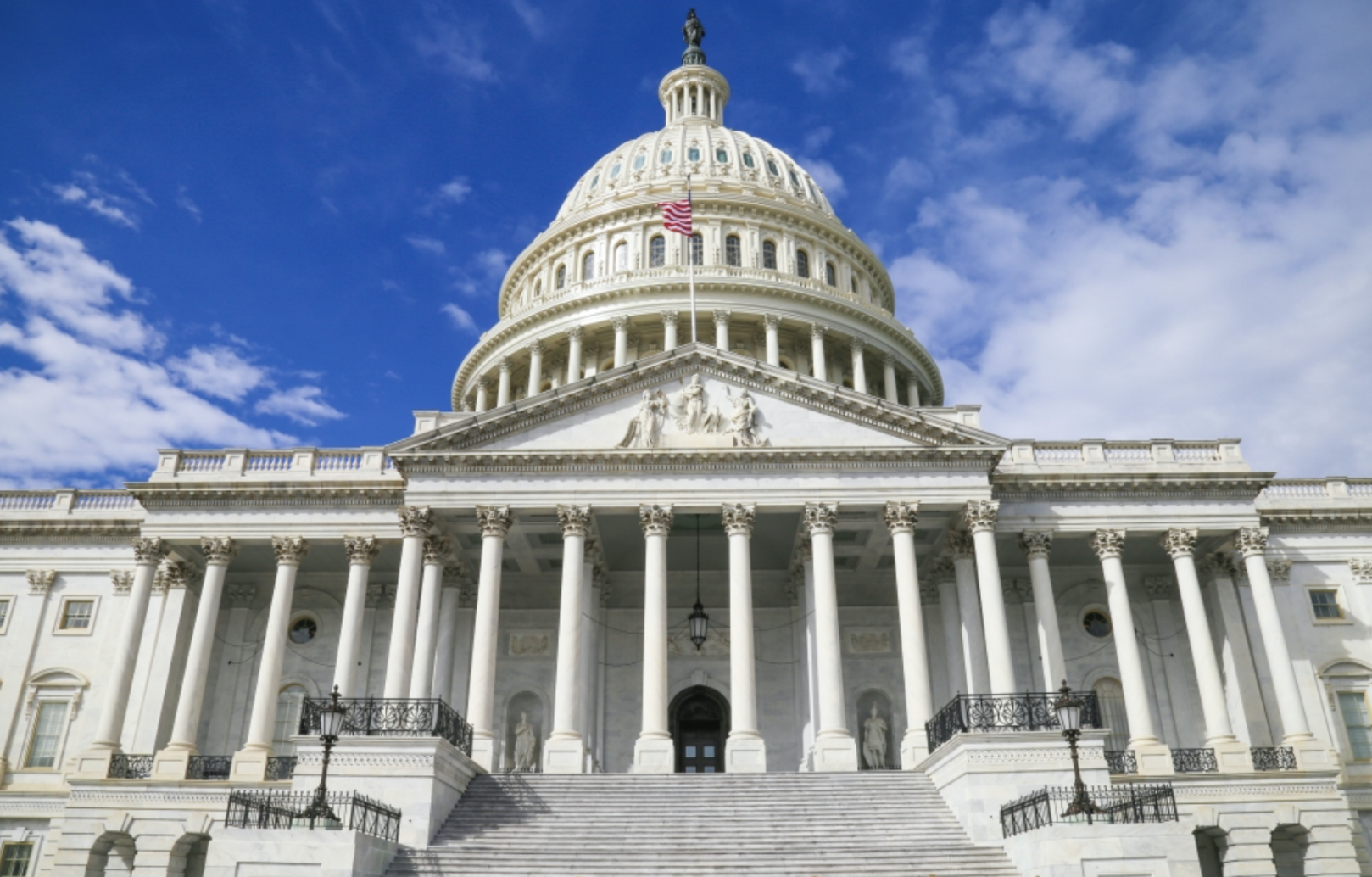
- Details
- By Levi Rickert
Opinion. Even in the midst of the threat to shutdown the federal government by the Republicans on October 1, Native Americans need to work to ensure the preservation of the Special Diabetes Program for Indians (SDPI), due to expire at the end of the month.
American Indians and Alaska Natives (AI/AN) have a higher prevalence of type 2 diabetes than any racial or ethnic group in the United States. However, thanks to SDPI, that statistic is improving.
The SDPI was first established in 1997 when Congress appropriated $30 million annually for "the prevention and treatment of diabetes in American Indians and Alaska Natives." Today, the annual appropriation is nearly $150 million.
According to the National Indian Health Board, federal data show the rate of kidney failure decreased by 50 percent after the implementation of population-based diabetes treatment and prevention services like SDPI.
Since the 1990s, the prevalence of diabetic eye disease (retinopathy) has fallen in Native Americans by more than 50 percent, which has substantially reduced the risk of vision problems and blindness in AI/AN with diabetes. This reduction alone is estimated to have saved $520 million between 2006-2015.
In the SDPI 2020 Report to Congress titled “Changing the Course of Diabetes: Charting Remarkable Progress,” the Indian Health Service (IHS) reported for the first time, diabetes prevalence in Native American adults decreased and had done so consistently for four years – dropping from 15.4 percent in 2013 to 14.6 percent in 2017. The IHS said neither the general U.S. population, nor any other U.S. racial/ ethnic group had shown a decrease in prevalence.
Also in the report, IHS said diabetes-related kidney failure dropped by 54 percent in AI/AN adults between 1996 (57.3 per 100,000) and 2013 (26.5 per 100,000), a greater decrease than for any other U.S. racial/ ethnic group. Recent research shows that these improvements have been sustained. This represents a substantial reduction in the number of AI/AN people who have to go on dialysis or receive a kidney transplant.
Additionally, hospitalizations for uncontrolled diabetes among AI/AN adults dropped 84 percent from 57.9 per 100,000 in 2000 to 9.4 per 100,000 in 2015. Reducing the need for hospitalizations obviously lowers health care costs.
The positive results show that the SPDI funding is money well spent. Spread over 35 states, SDPI serves 780,000 American Indians and Alaska Natives across 302 programs.
“The SDPI has generated awareness and knowledge, two critical contributors to diabetes related successes in Indian Country. We need continued momentum to help with thisdevastating disease,” Chickasaw Nation Tribal Legislator Connie Barker said. Barker also serves as the tribal co-chair and Oklahoma City area representative for the Tribal Leaders Diabetes Committee.
As Barker said, the success of the SDPI can be attributed to awareness and knowledge. This has come through tribal community advocacy activities to prevent diabetes have included promotion of traditional foods and community gardening, campaigns to increase diabetes awareness and knowledge, and the use of traditional methods, such as storytelling and Talking Circles.
Collaboration between the IHS, tribes, and urban Indian organizations has been ongoing that has increased the success of the SDPI.
Up until now bipartisan support for the continuation of SDPI limited. Legislation has passed out of the relevant House and Senate (H.R. 3561 and S. 1855, respectively) Committees, but Congress must consider it before the end of the fiscal year.
The legislation includes a much-needed increase of $20 million to a total of $170 million per year. This increase comes after the funding has been stagnant for 20 years. There has not been an increase since Fiscal Year 2004. With inflation consideration, the program has actually lost over one-third of its buying power in the past 20 years. This is a critical increase that will allow programs to continue to keep their staff and programs viable in the face of historic inflation.
Regardless of the threats by the far right Republicans to shutdown the government, Native Americans need to heed a call to action to call or write to you U.S. senators and representatives in Congress to ensure they approve the renewal of SDPI that helps us throughout our tribal communities.
Thayék gde nwéndëmen - We are all related.
More Stories Like This
It is Time for Animal Behavior to Become Its Own DisciplineNative People Recognize ICE Violence. You Should Too.
Building a 21st Century Cherokee Healthcare Workforce
Superhuman. Should We Be Better Than We Are?
Senator Ben Nighthorse Campbell Proved Representation Matters
Help us defend tribal sovereignty.
At Native News Online, our mission is rooted in telling the stories that strengthen sovereignty and uplift Indigenous voices — not just at year’s end, but every single day.
Because of your generosity last year, we were able to keep our reporters on the ground in tribal communities, at national gatherings and in the halls of Congress — covering the issues that matter most to Indian Country: sovereignty, culture, education, health and economic opportunity.
That support sustained us through a tough year in 2025. Now, as we look to the year ahead, we need your help right now to ensure warrior journalism remains strong — reporting that defends tribal sovereignty, amplifies Native truth, and holds power accountable.
 The stakes couldn't be higher. Your support keeps Native voices heard, Native stories told and Native sovereignty defended.
The stakes couldn't be higher. Your support keeps Native voices heard, Native stories told and Native sovereignty defended.
Stand with Warrior Journalism today.
Levi Rickert (Potawatomi), Editor & Publisher

